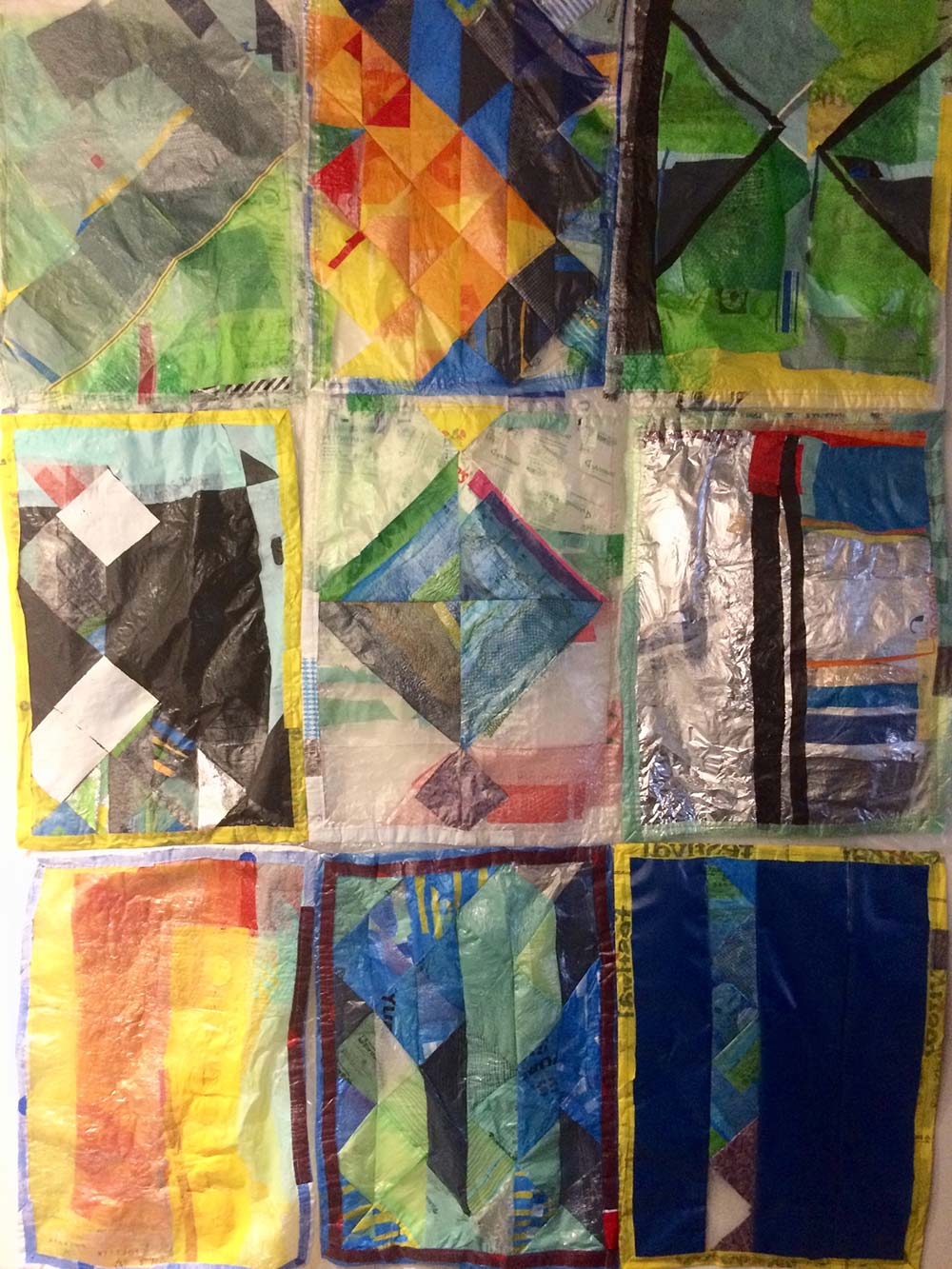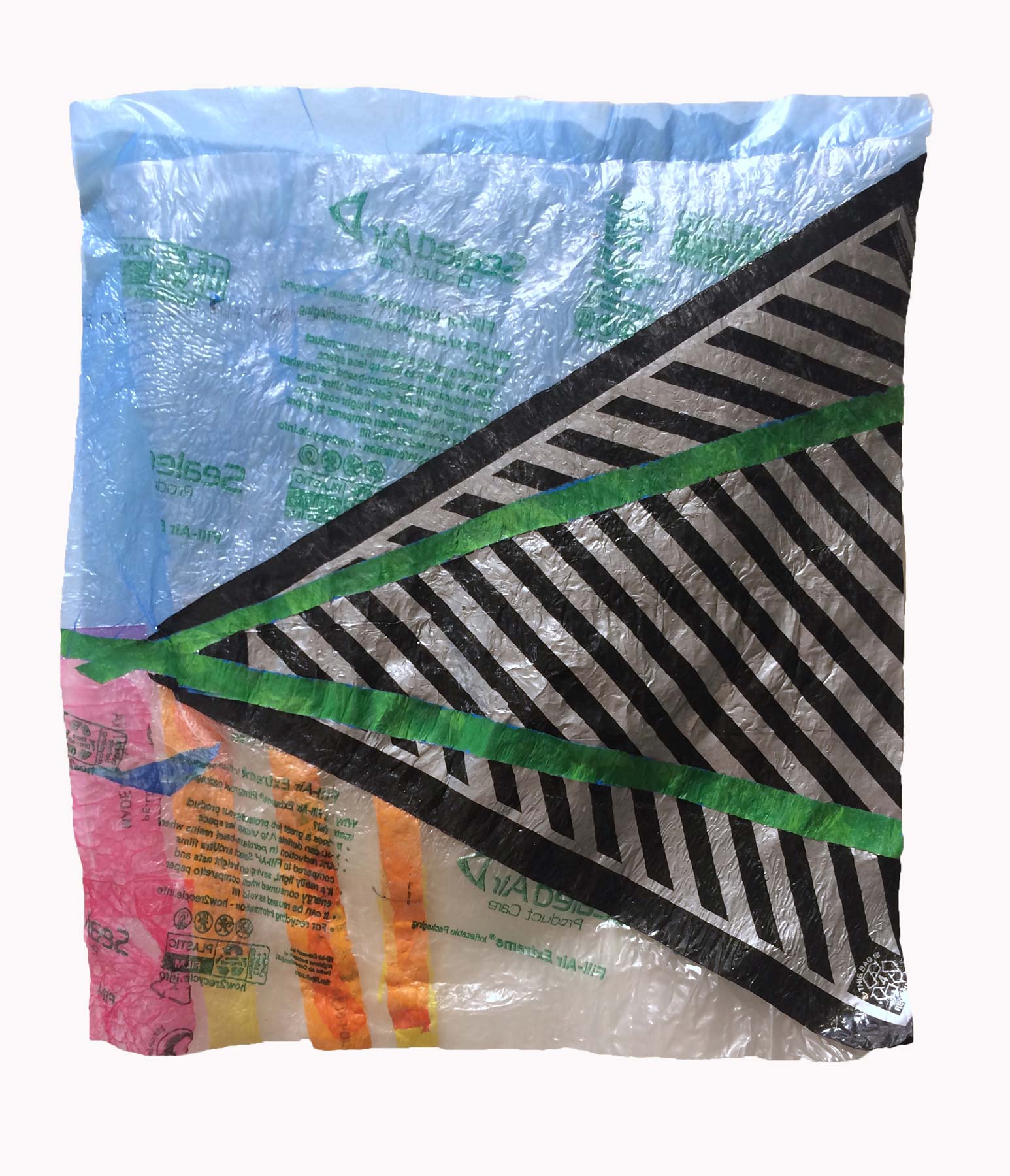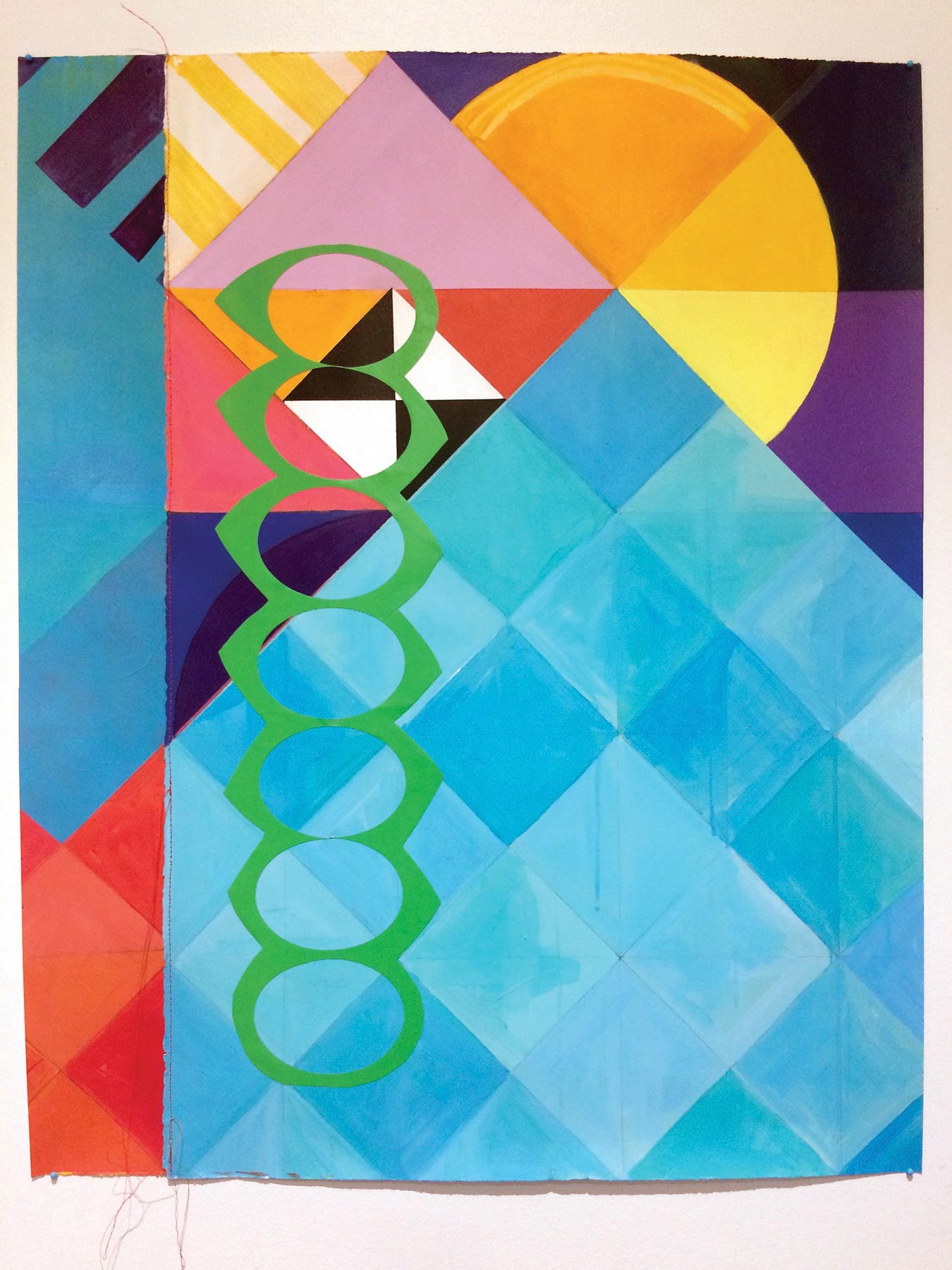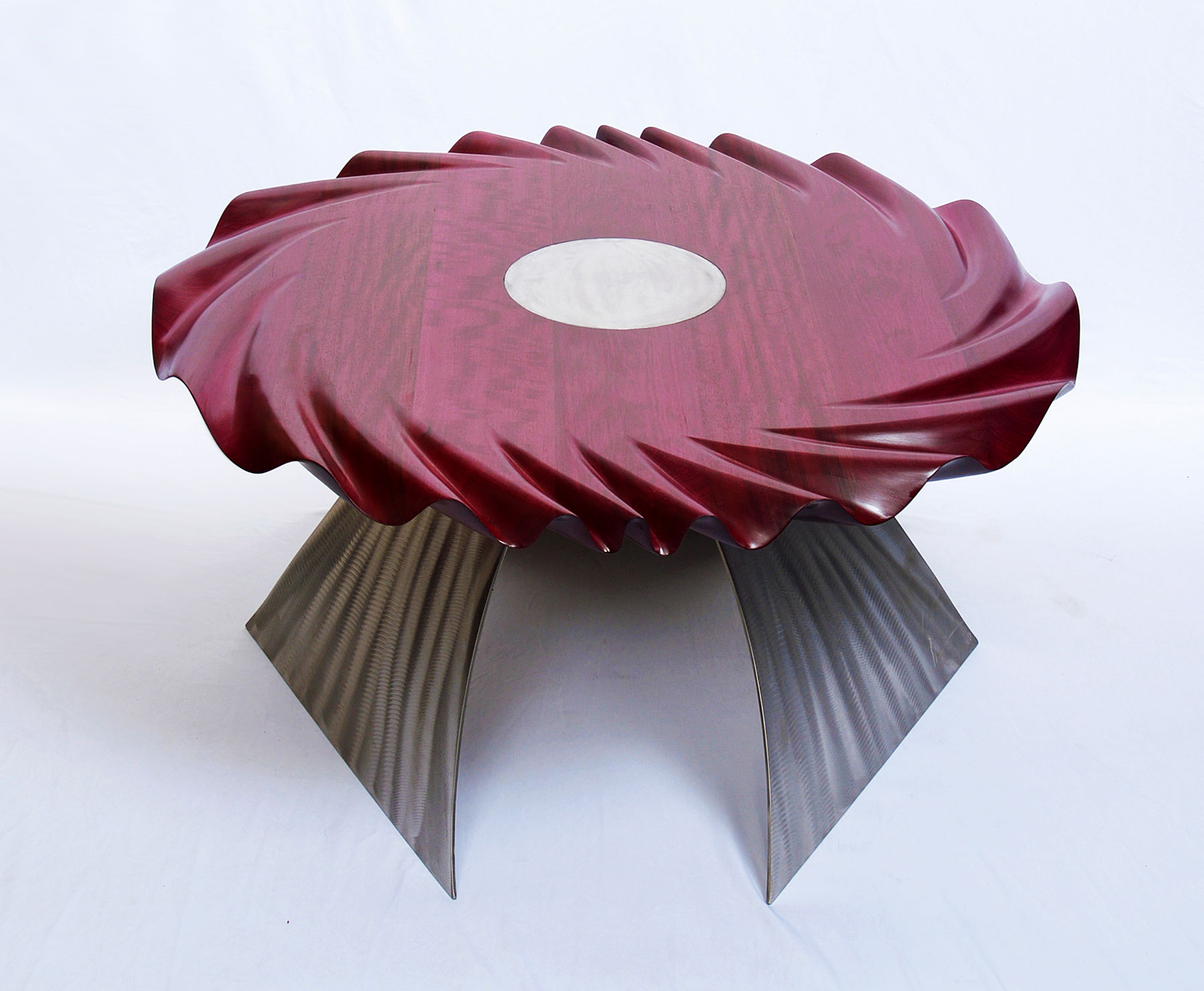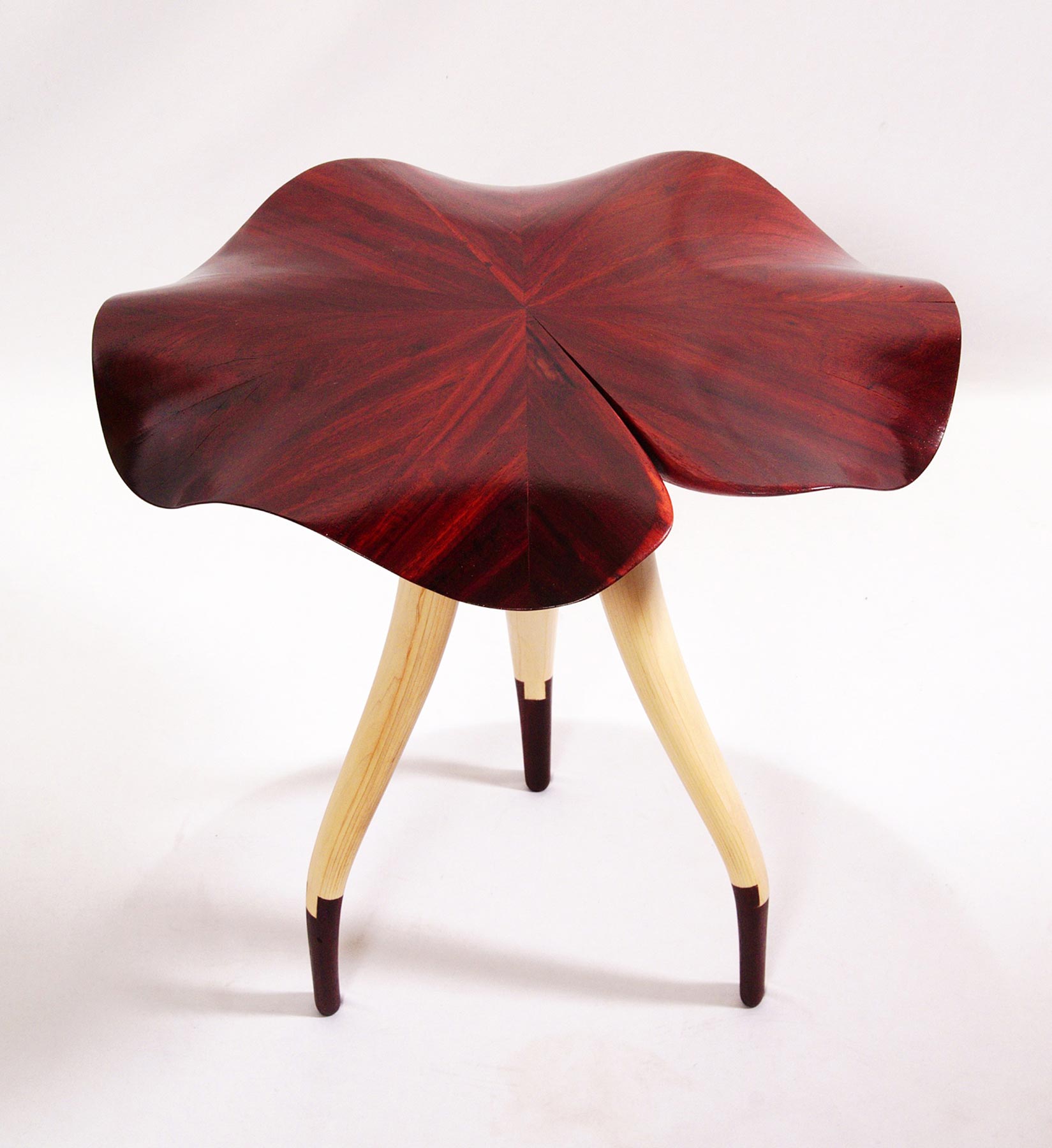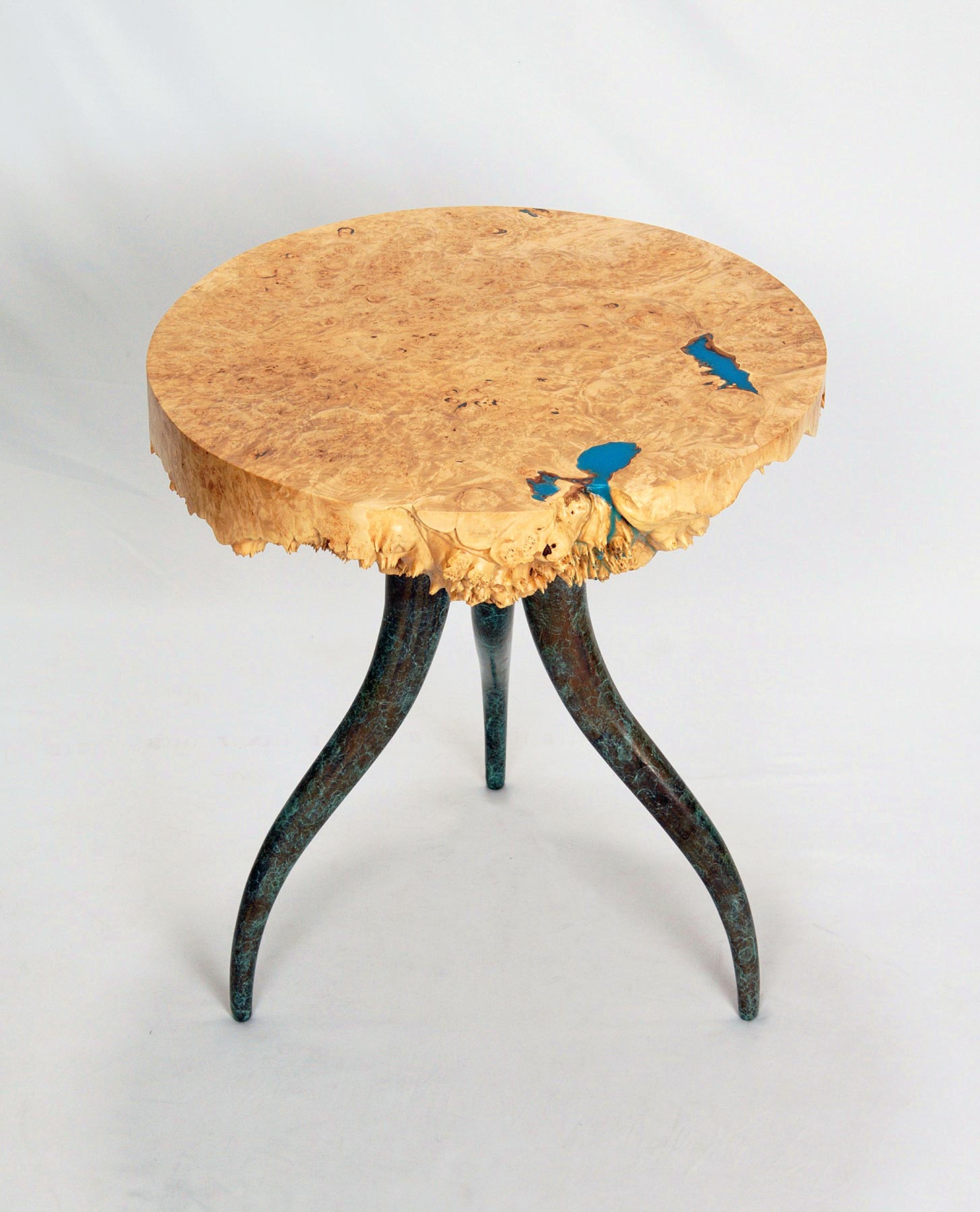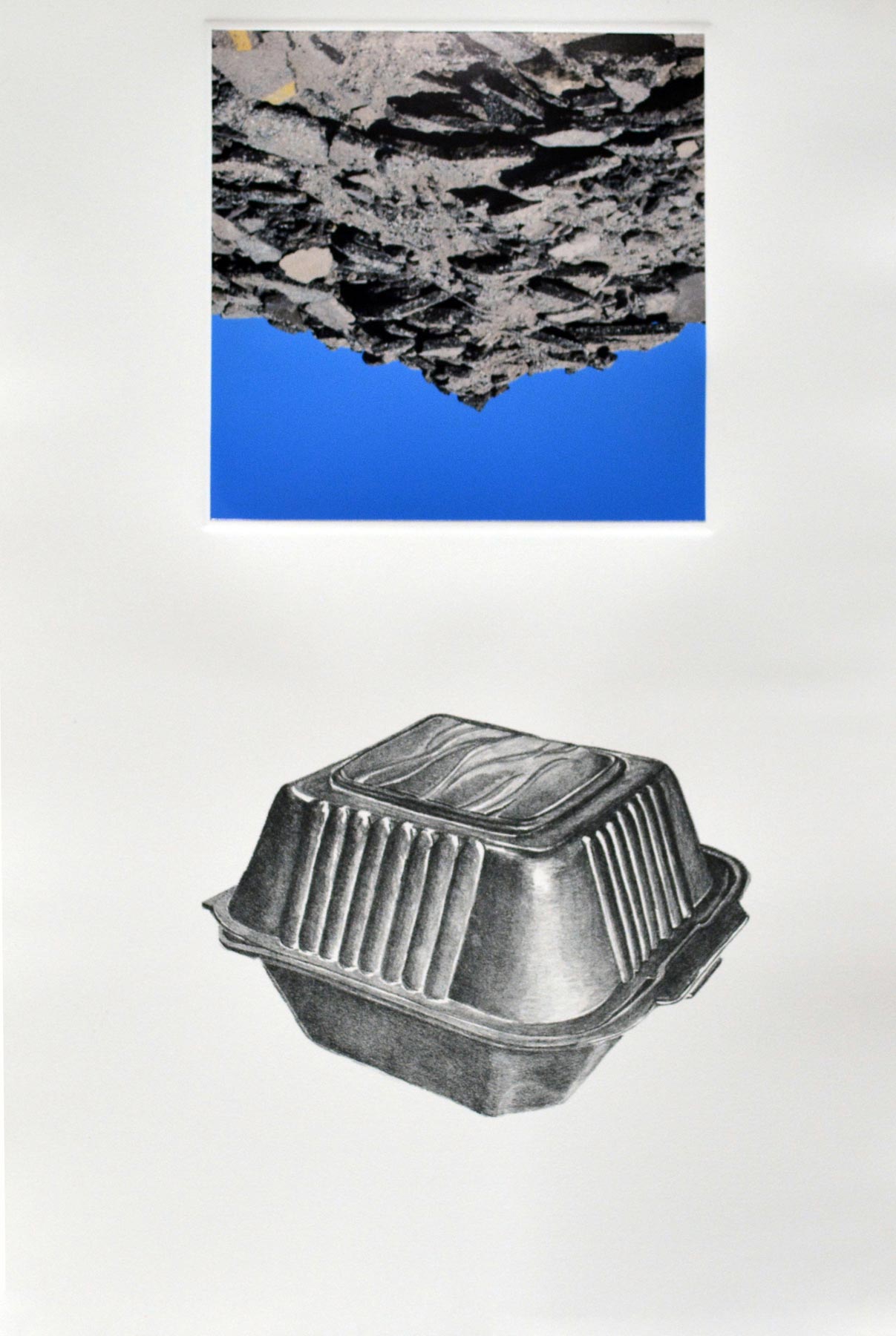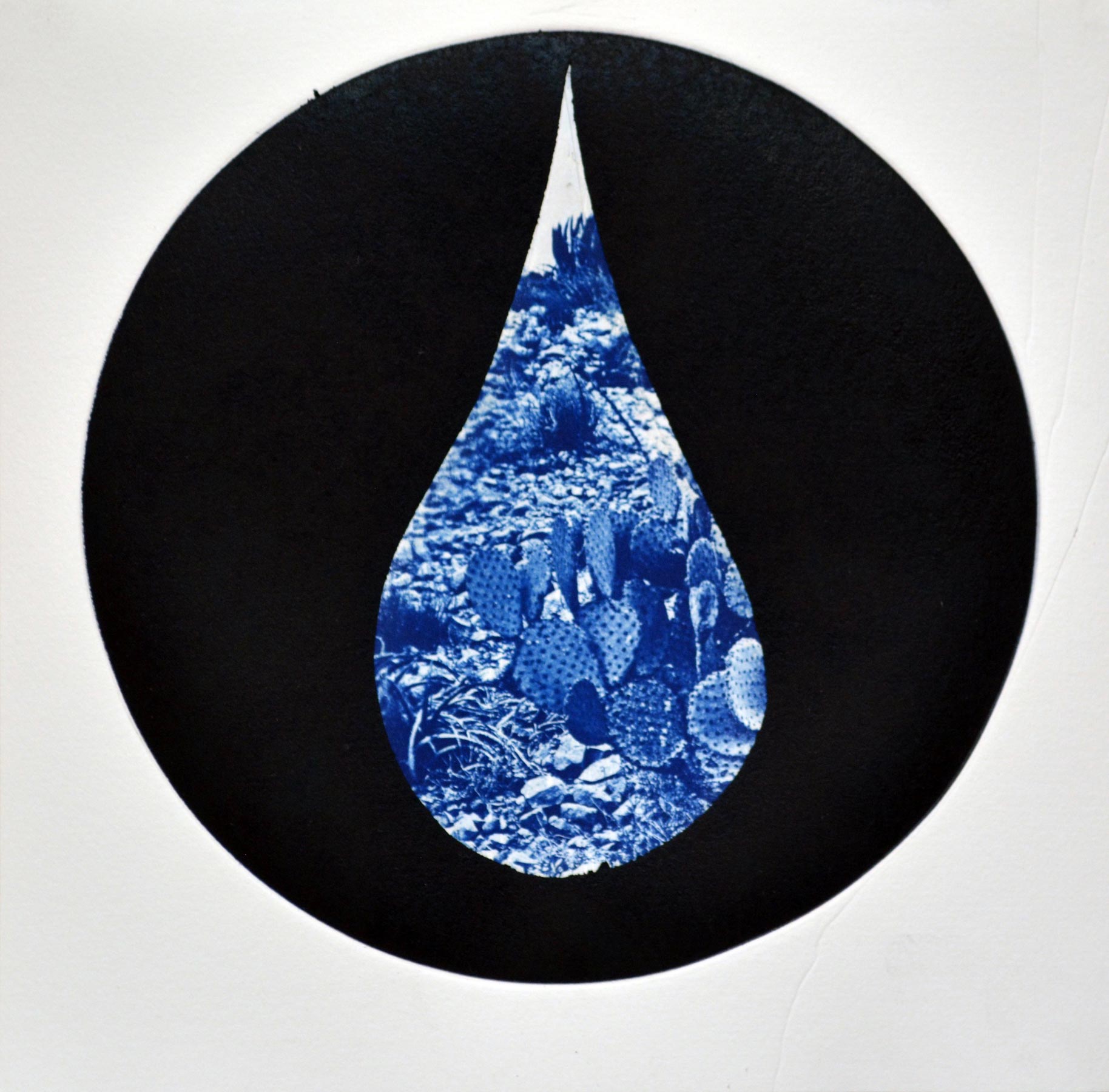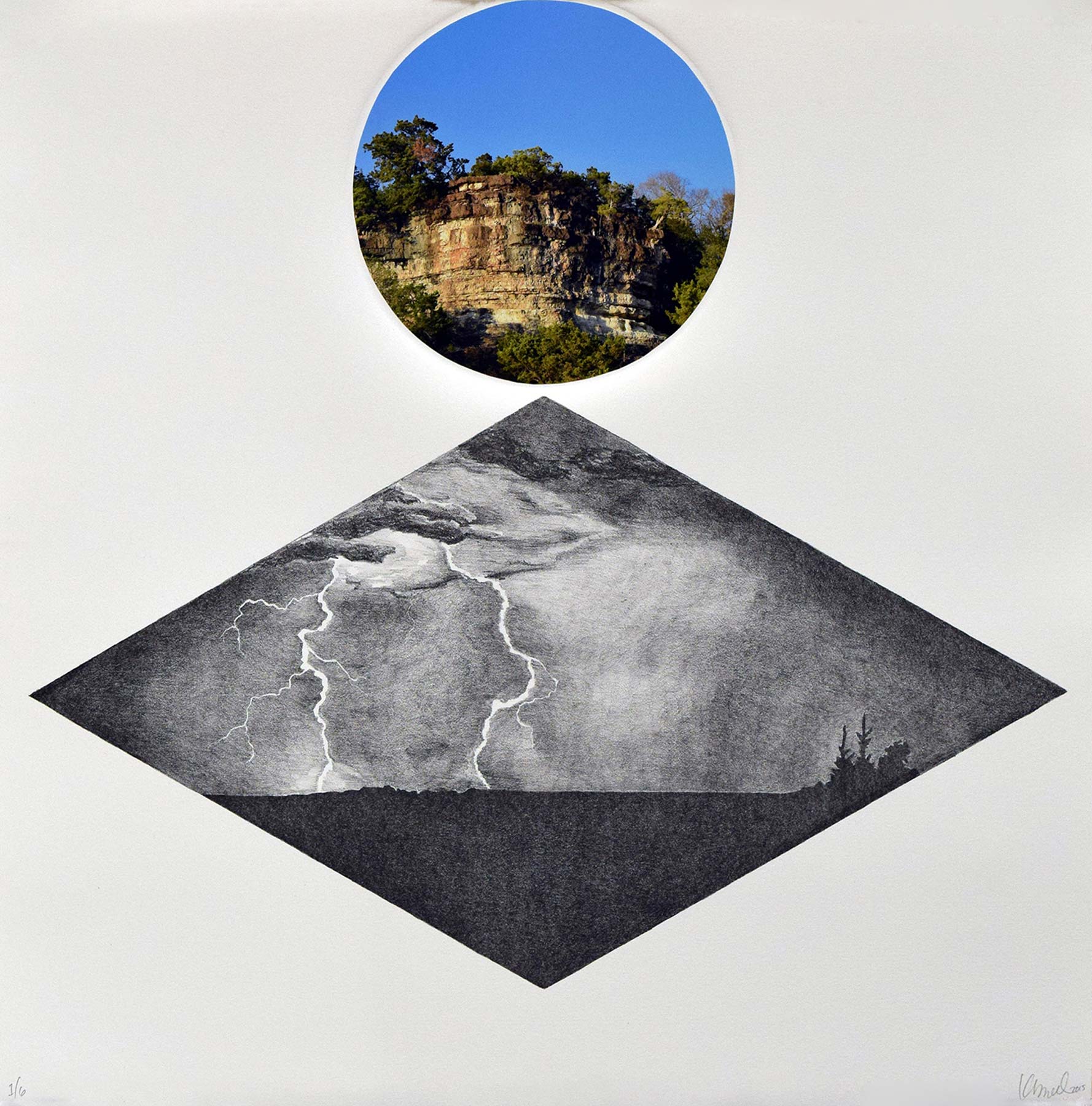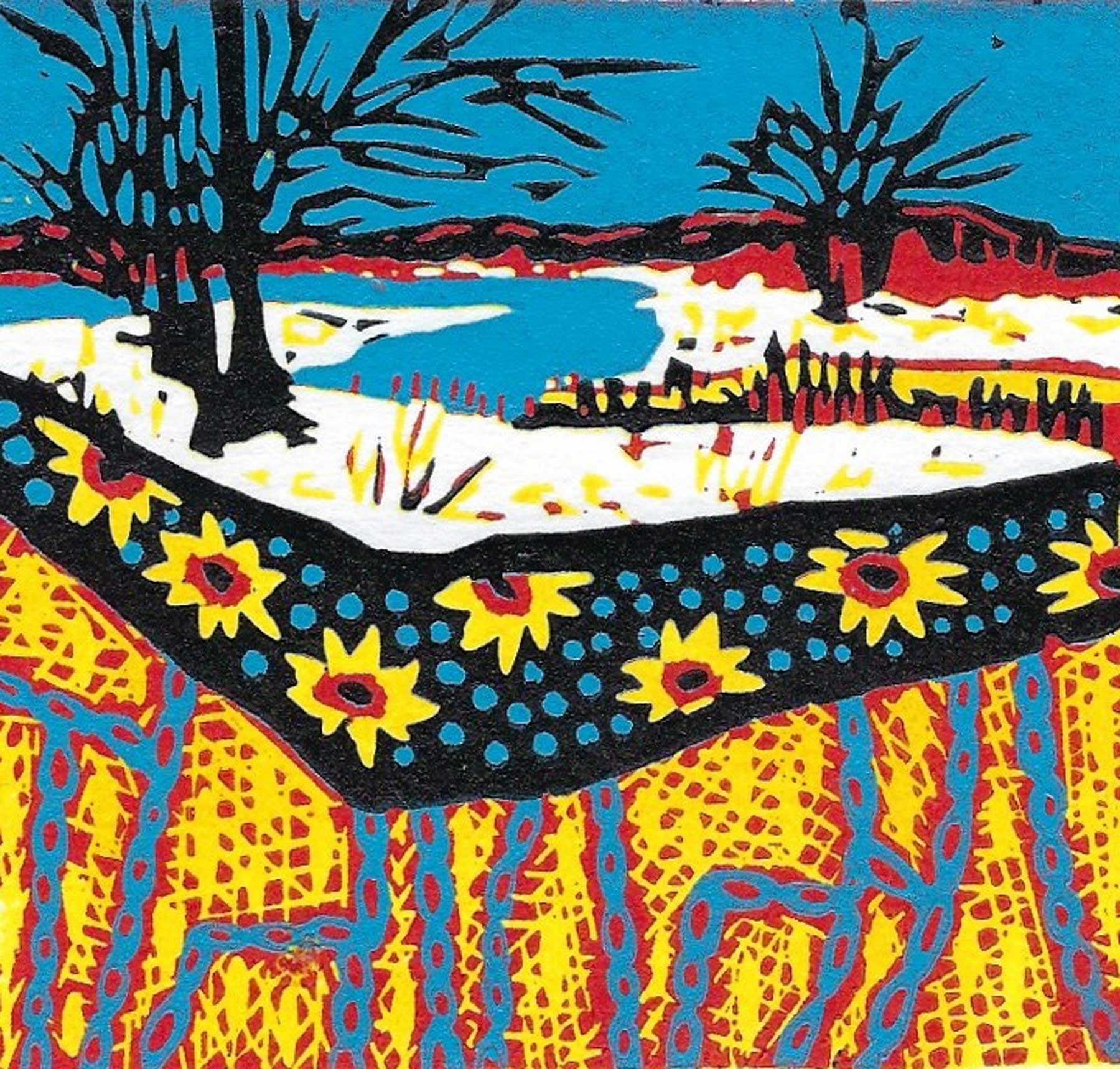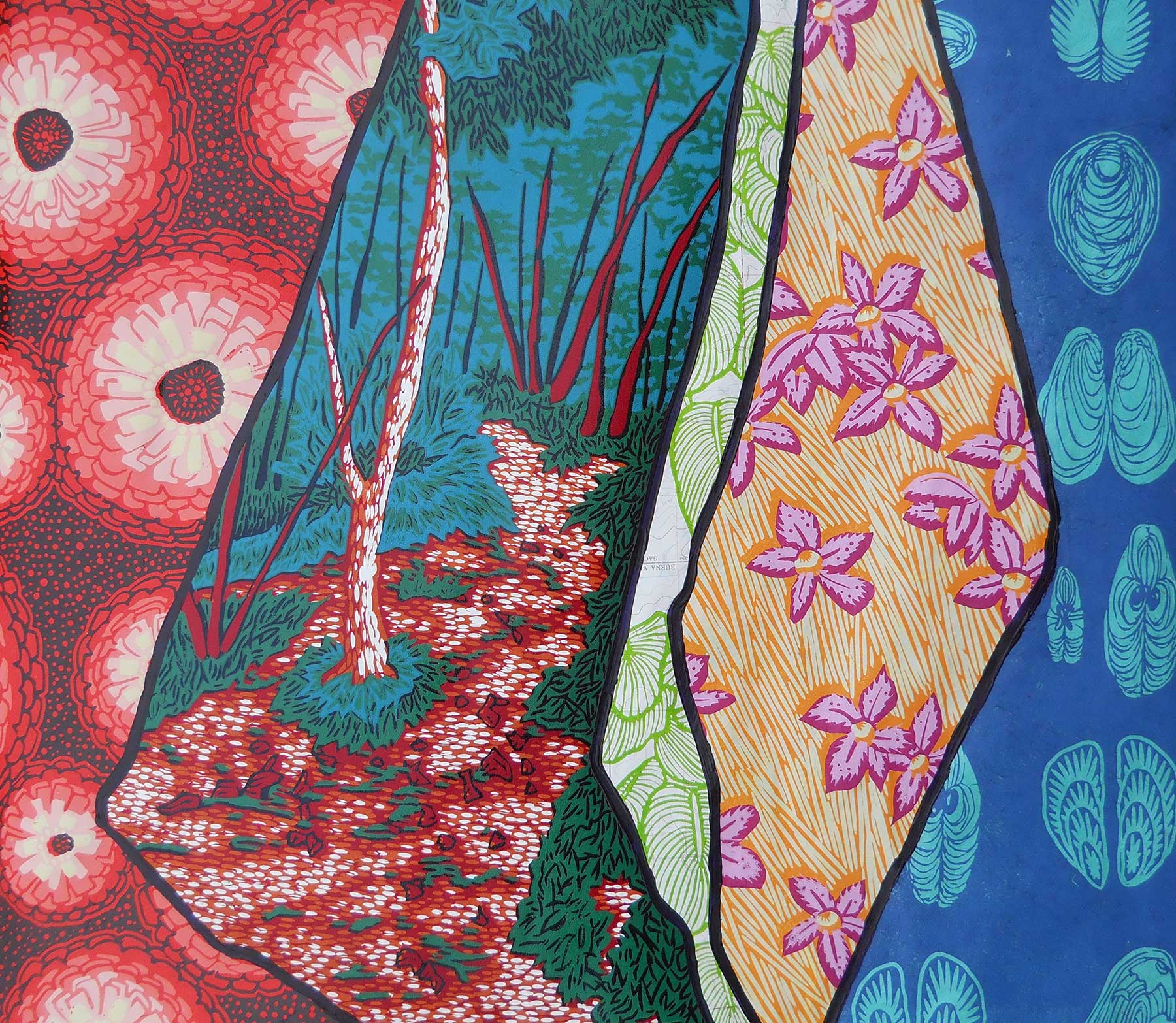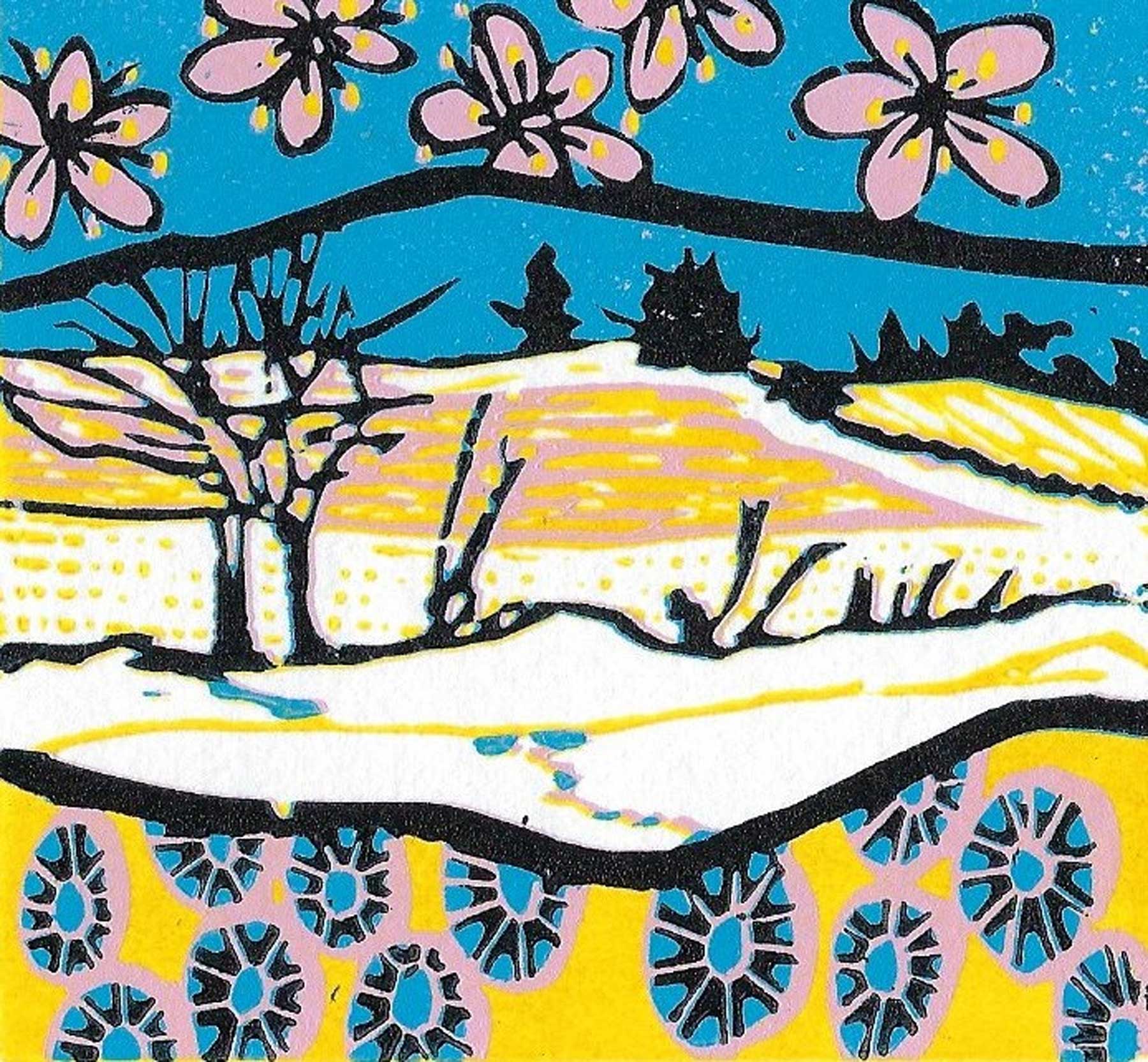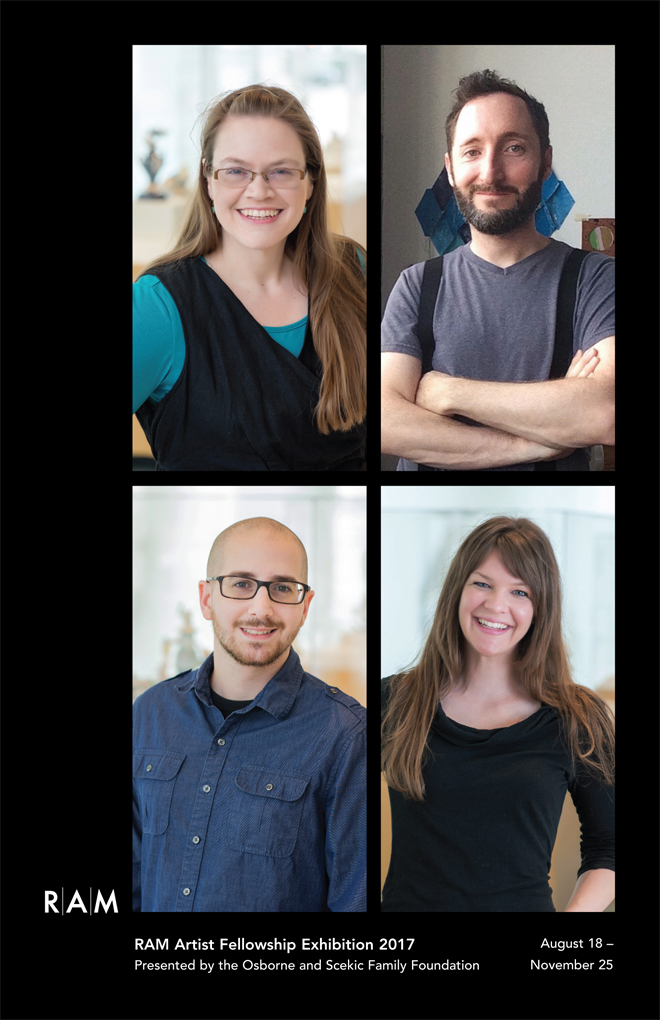
RAM Artist Fellowship Exhibition 2017
August 18 – November 25, 2017
Presented by the Osborne and Scekic Family Foundation
The RAM Artist Fellowship Program aims to showcase the diversity and vitality of the Racine/Kenosha visual arts community by supporting the professional development of its artists. The third biennial exhibition features the work of the following artists:
More About the Exhibition
RAM Artist Fellowship Exhibition 2017
August 18 – November 25, 2017

Presented by the Osborne and Scekic Family Foundation
The RAM Artist Fellowship Program aims to showcase the diversity and vitality of the Racine/Kenosha visual arts community by supporting the professional development of its artists. The third biennial exhibition features the work of the following artists:
More About the Exhibition
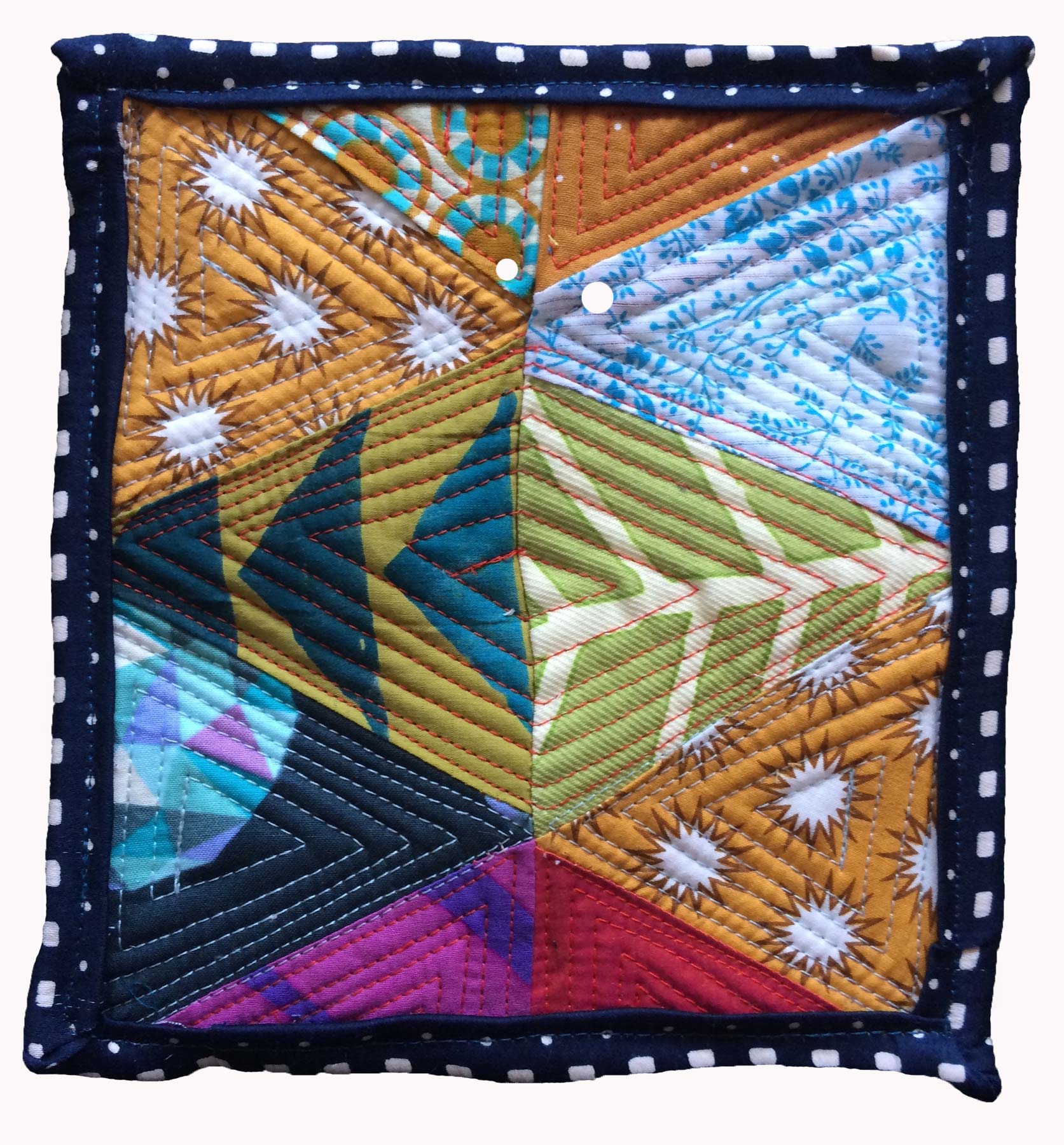
Tim Abel
pattern in accumulation (detail), 2013–17
Paper, plastic, fabric, and thread
Dimensions variable, final arrangement installed on-site
Photography Courtesy of the Artist
Tim Abel
Artist Statement
The world is dictated by change, always becoming something other: day to night; seasonal shifts; growth to decay, etc. Welcoming this constant change as a routine, I actively try to find patterns. With my current body of work, I have been using the term “lookforpattern” to define my impulse to organize and my attempt to find temporary order. I am keen to use found materials, such as packing plastic and shopping bags or heavily treated papers, that can be cut down into new forms or used to create new patterns. These papers and fused plastic fabrics are used to create process-based and material-focused works that embrace the repetitive and tactile quality of sewing.
As a starting point, these works borrow vocabularies of order by translating found pattern from natural and man-made structures, ranging from quilting patterns to geology maps to honeycombs. However, in the making, the patterns that emerge come from long moments of trial and error and revision. A work can take anywhere from one day to many months, depending upon how many times it has been rearranged before the final pattern develops.
Tim Abel

Tim Abel
pattern in accumulation (detail), 2013–17
Paper, plastic, fabric, and thread
Dimensions variable, final arrangement installed on-site
Photography Courtesy of the Artist
Artist Statement
The world is dictated by change, always becoming something other: day to night; seasonal shifts; growth to decay, etc. Welcoming this constant change as a routine, I actively try to find patterns. With my current body of work, I have been using the term “lookforpattern” to define my impulse to organize and my attempt to find temporary order. I am keen to use found materials, such as packing plastic and shopping bags or heavily treated papers, that can be cut down into new forms or used to create new patterns. These papers and fused plastic fabrics are used to create process-based and material-focused works that embrace the repetitive and tactile quality of sewing.
As a starting point, these works borrow vocabularies of order by translating found pattern from natural and man-made structures, ranging from quilting patterns to geology maps to honeycombs. However, in the making, the patterns that emerge come from long moments of trial and error and revision. A work can take anywhere from one day to many months, depending upon how many times it has been rearranged before the final pattern develops.
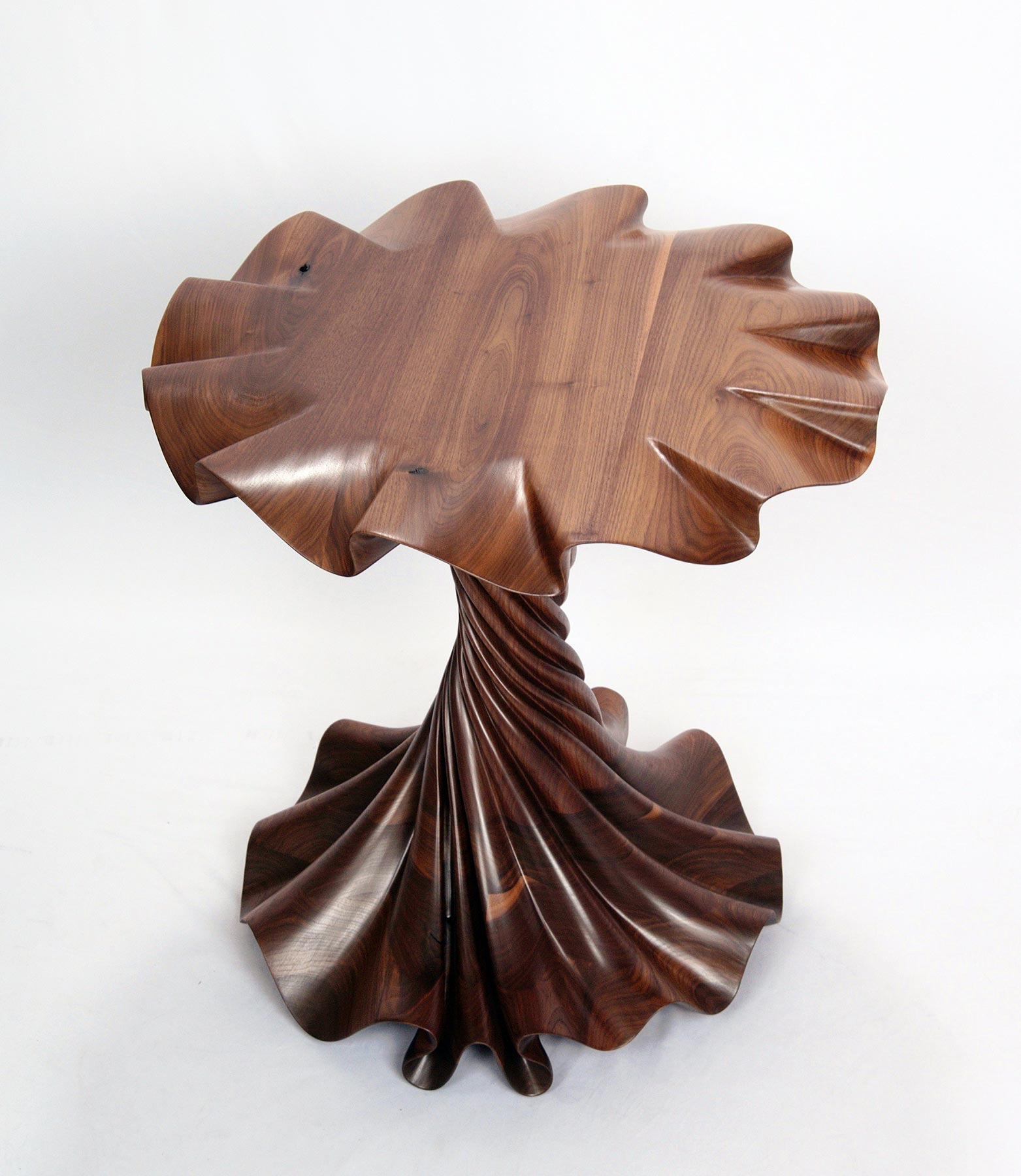
Martin Antaramian
Black Waltz, 2005
Black walnut
24 1/2 x 24 1/2 x 25 inches
Photography Courtesy of the Artist
Martin Antaramian
Artist Statement
What makes something real? This question is what drives my artwork. We created words so that we may label and describe what we observe. The creation of a formal language completely changed the way in which we perceive our world. Our realities have become constructed around objects or ideas that we can label and understand.
The inspiration for my artwork comes from the desire to make objects that break down people’s preconceived notions of what things should look like. For me, every single object in our world is sculptural, and I encourage people to see them as such.
Most of my work is wood carving—I like to make furniture that is sculptural in order to point out that just because something serves a purpose does not mean it cannot also be a work of art. For this past year, inspired by the movement of fabric, I have been pushing the concept of wood-carving to new limits as I craft a Victorian dress out of cherry wood.
Martin Antaramian

Martin Antaramian
Black Waltz, 2005
Black walnut
24 1/2 x 24 1/2 x 25 inches
Photography Courtesy of the Artist
Artist Statement
What makes something real? This question is what drives my artwork. We created words so that we may label and describe what we observe. The creation of a formal language completely changed the way in which we perceive our world. Our realities have become constructed around objects or ideas that we can label and understand.
The inspiration for my artwork comes from the desire to make objects that break down people’s preconceived notions of what things should look like. For me, every single object in our world is sculptural, and I encourage people to see them as such.
Most of my work is wood carving—I like to make furniture that is sculptural in order to point out that just because something serves a purpose does not mean it cannot also be a work of art. For this past year, inspired by the movement of fabric, I have been pushing the concept of wood-carving to new limits as I craft a Victorian dress out of cherry wood.
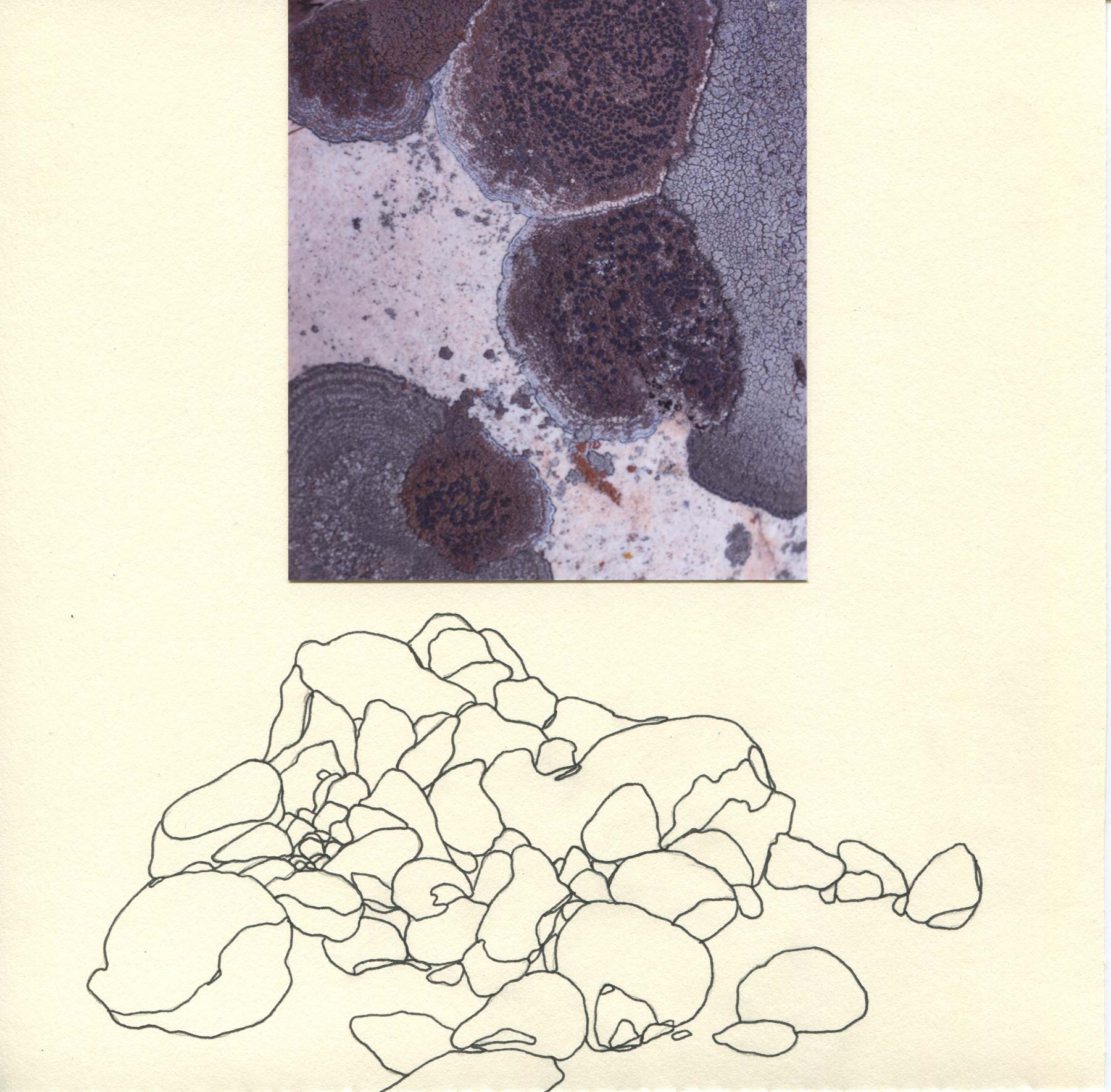
Kirsten Bartel
Rocks at Medicine Bow Forest, WY, 2014
Digital inkjet print and pen
8 x 8 inches
Photography Courtesy of the Artist
Kristen Bartel
Artist Statement
My most recent body of work, American Dreaming, takes a hard look at how we gauge ourselves against one another and the consequences these relationships have on landscapes, environment, and climate. The artworks I am creating explore the impact of consumer culture on natural resources within the context of the “American Dream.” I am compelled by the cost of this idea, both large and small.
Using print and digital media, I create paper-based works that seek to understand constructs and signifiers embedded in the classic definition of the “American Dream.” I seat related, yet incongruous, images next to one another to better see hidden aspects of their relationships. Photographs shown upside down suggest something disconnected. My use of cookie-cutter shapes references mass production which relegates landscape to a thing that is consumable. I consciously call into question my use of duplicable media in relation to mass production. For me, print media is innocent and democratic, yet also suspect, and an accessory to the collective building of “bigger, better and more” thinking.
Kristen Bartel

Kirsten Bartel
Rocks at Medicine Bow Forest, WY, 2014
Digital inkjet print and pen
8 x 8 inches
Photography Courtesy of the Artist
Artist Statement
My most recent body of work, American Dreaming, takes a hard look at how we gauge ourselves against one another and the consequences these relationships have on landscapes, environment, and climate. The artworks I am creating explore the impact of consumer culture on natural resources within the context of the “American Dream.” I am compelled by the cost of this idea, both large and small.
Using print and digital media, I create paper-based works that seek to understand constructs and signifiers embedded in the classic definition of the “American Dream.” I seat related, yet incongruous, images next to one another to better see hidden aspects of their relationships. Photographs shown upside down suggest something disconnected. My use of cookie-cutter shapes references mass production which relegates landscape to a thing that is consumable. I consciously call into question my use of duplicable media in relation to mass production. For me, print media is innocent and democratic, yet also suspect, and an accessory to the collective building of “bigger, better and more” thinking.
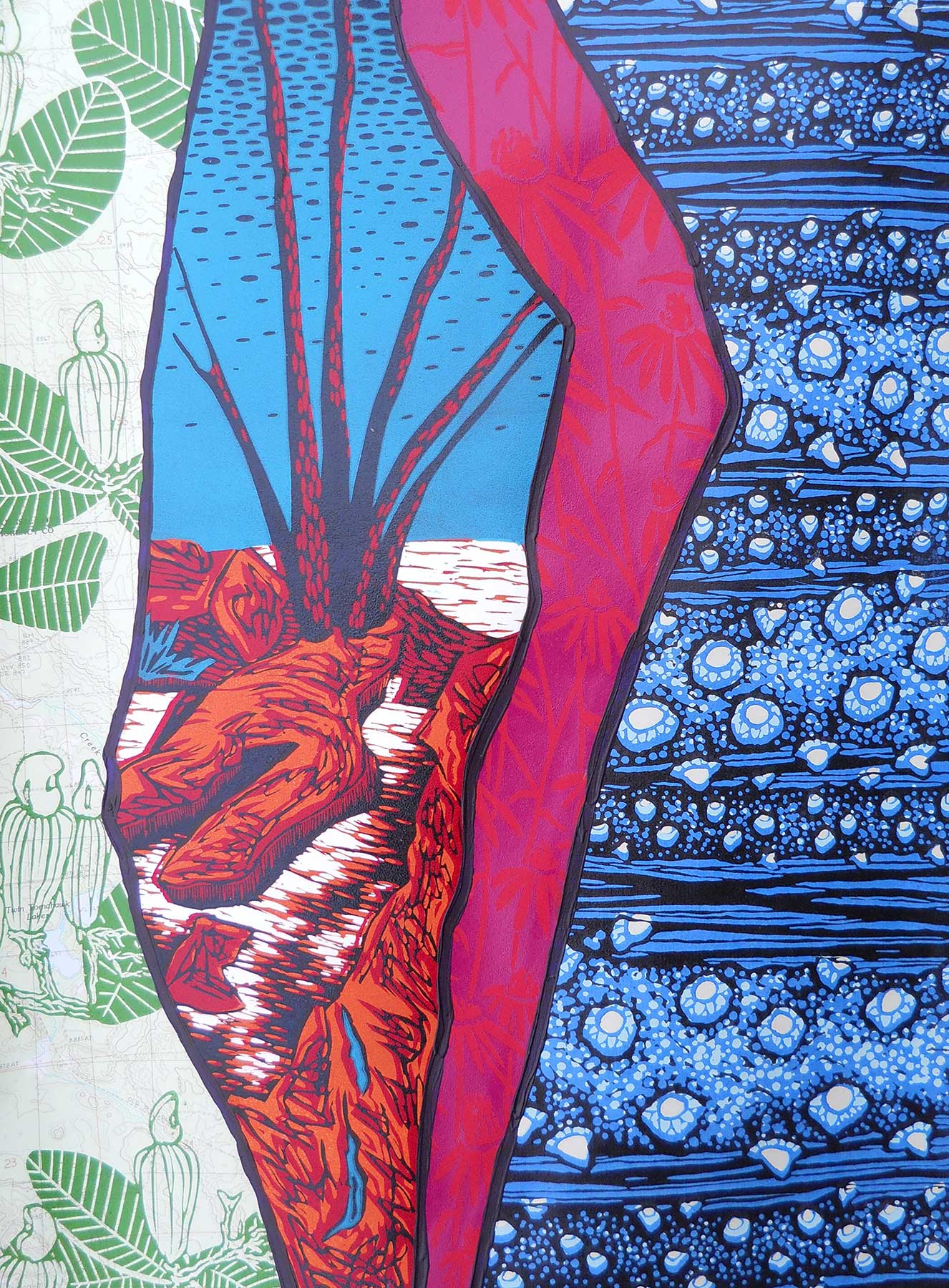
Lisa Bigalke
Cashew Crevasses at McClintock from the Marinette County Series, 2017
Reduction linocut
19 x 15 inches
Photography Courtesy of the Artist
Lisa Bigalke
Artist Statement
Most people have a place that makes them feel alive. For me, this is being outside with my feet in the grass. The bulk of my imagery has come from places explored with friends. This body of work began on a trip with my sister and mother exploring places found in my father’s notebooks. He died on a hunting expedition when we were children and this was a way to feel close to him.
Traveling through these places, being able to document through photos, drawings, and notes, gives me the opportunity to reinterpret and organize. I include maps, statistical information, and personal letters in my final work to indicate reality, the actuality of these places, and my relationship to them.
The spirit of the place comes through in the color and texture. Abstracting from nature allows me to create decorative patterns and visual texture in both the macro and micro of the landscape. I include a readable landscape with an enlarged abstracted fossil, flower, or water pattern. The overlapping and concentrated use of the pattern puts the viewer into the realm of my journey.
Lisa Bigalke

Lisa Bigalke
Cashew Crevasses at McClintock from the Marinette County Series, 2017
Reduction linocut
19 x 15 inches
Photography Courtesy of the Artist
Artist Statement
Most people have a place that makes them feel alive. For me, this is being outside with my feet in the grass. The bulk of my imagery has come from places explored with friends. This body of work began on a trip with my sister and mother exploring places found in my father’s notebooks. He died on a hunting expedition when we were children and this was a way to feel close to him.
Traveling through these places, being able to document through photos, drawings, and notes, gives me the opportunity to reinterpret and organize. I include maps, statistical information, and personal letters in my final work to indicate reality, the actuality of these places, and my relationship to them.
The spirit of the place comes through in the color and texture. Abstracting from nature allows me to create decorative patterns and visual texture in both the macro and micro of the landscape. I include a readable landscape with an enlarged abstracted fossil, flower, or water pattern. The overlapping and concentrated use of the pattern puts the viewer into the realm of my journey.
Gallery of Work
Exhibitions at RAM are made possible by:
Platinum Partners
The Estate of Karen Johnson Boyd
David Charak
Judith and David Flegel Fund
Ron and Judith Isaacs
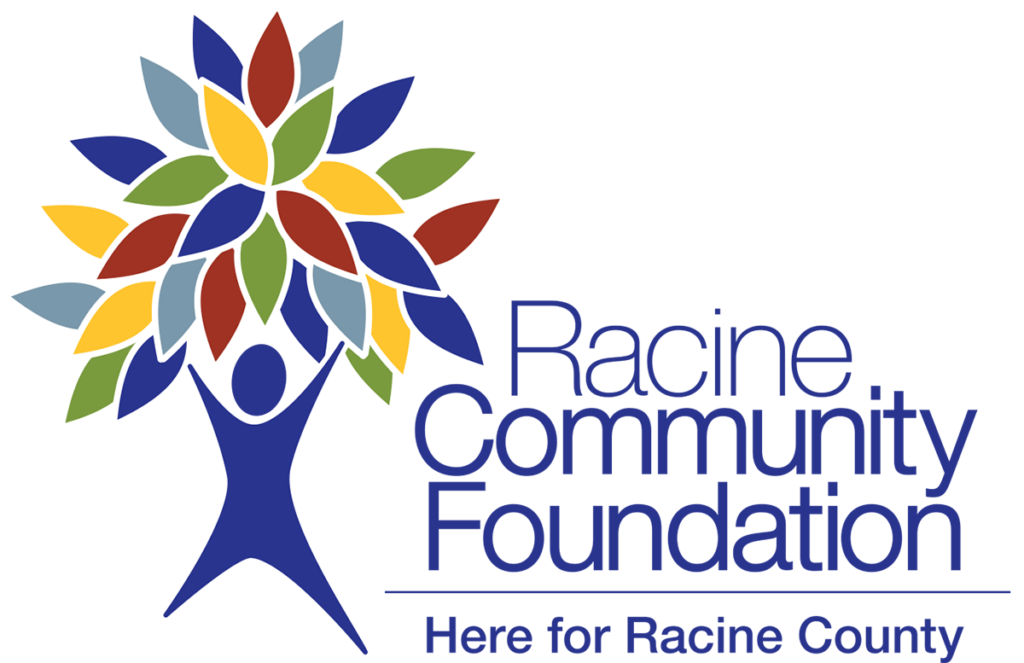
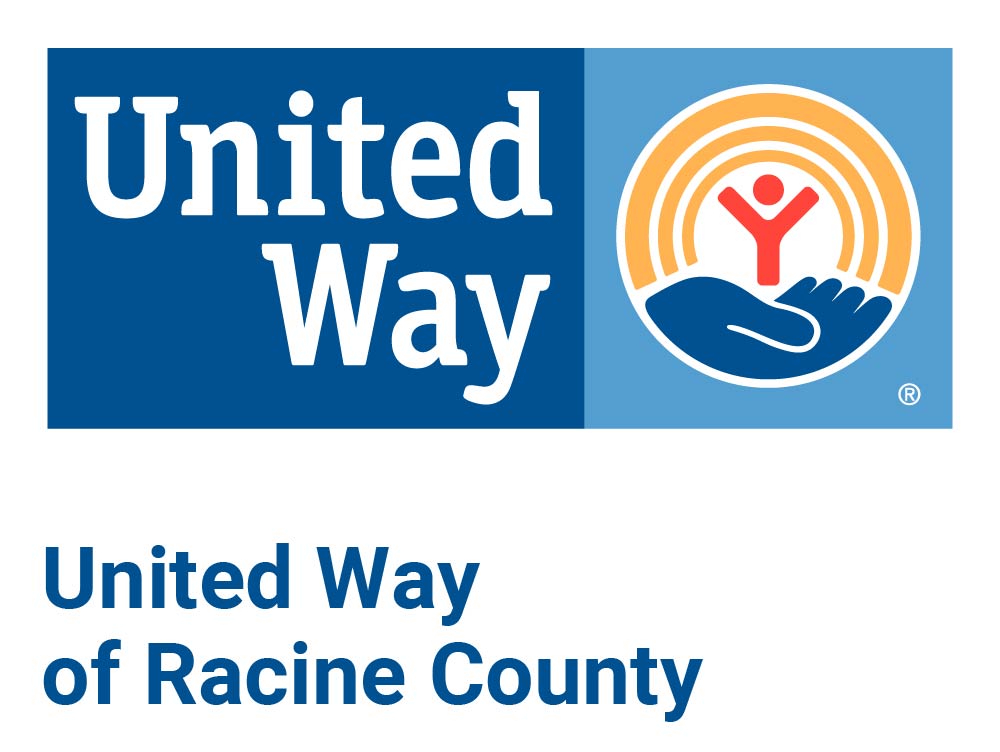
Windgate Foundation
Diamond Partners
Ruffo Family Foundation
Ruth Foundation for the Arts
Diane Zebell
Gold Partners
Anonymous
A.C. Buhler Family
Robert E. Kohler Jr. Fund
Osborne and Scekic Family Foundation
Reliance Controls
Trio Foundation of St. Louis
W.T. Walker Group, Inc.
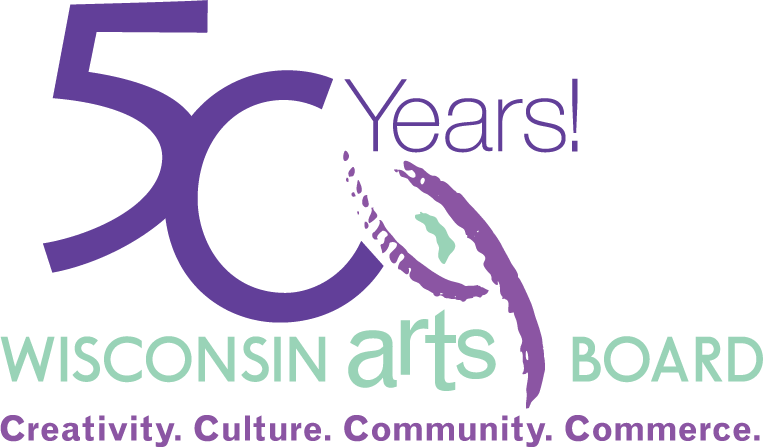
Silver Partners
Anonymous
Baird
Lucy G. Feller
Ben and Dawn Flegel
Sharon and Tom Harty
Dave and Judy Hecker
Paula Kalke
Horizon Retail Construction, Inc.
Johnson Financial Group
Lang Family Foundation
Dorothy MacVicar
Jan Serr & John Shannon
Sandra Shove
Willard and Mary Walker
Bronze Partners
Sandy and Gus Antonneau
Carol Baylon
Rose and Peter Christensen
Dave’s Wine Garage
Educators Credit Union
Patricia and Richard Ehlert
Express Employment Professionals
Deborah Ganaway
Carol Griseto
Hitter’s Baseball
Bill and Debbie Keland
Nancy and Nick Kurten
Susan Manalli
Norbell Foundation
JoAnna Poehlmann
Rasmussen Diamonds
SC Johnson
Harold and Lois Solberg
Kathy Stranghellini
Tito’s
Twin Disc
Janna Waldeck
Barbara Waldman
Marc J. Wollman
Stay in Touch
The Racine Art Museum and RAM’s Wustum Museum work together to serve as a community resource, with spaces for discovery, creation, and connection. Keep up to date on everything happening at both museum campuses—and beyond—by subscribing to our email newsletter:


